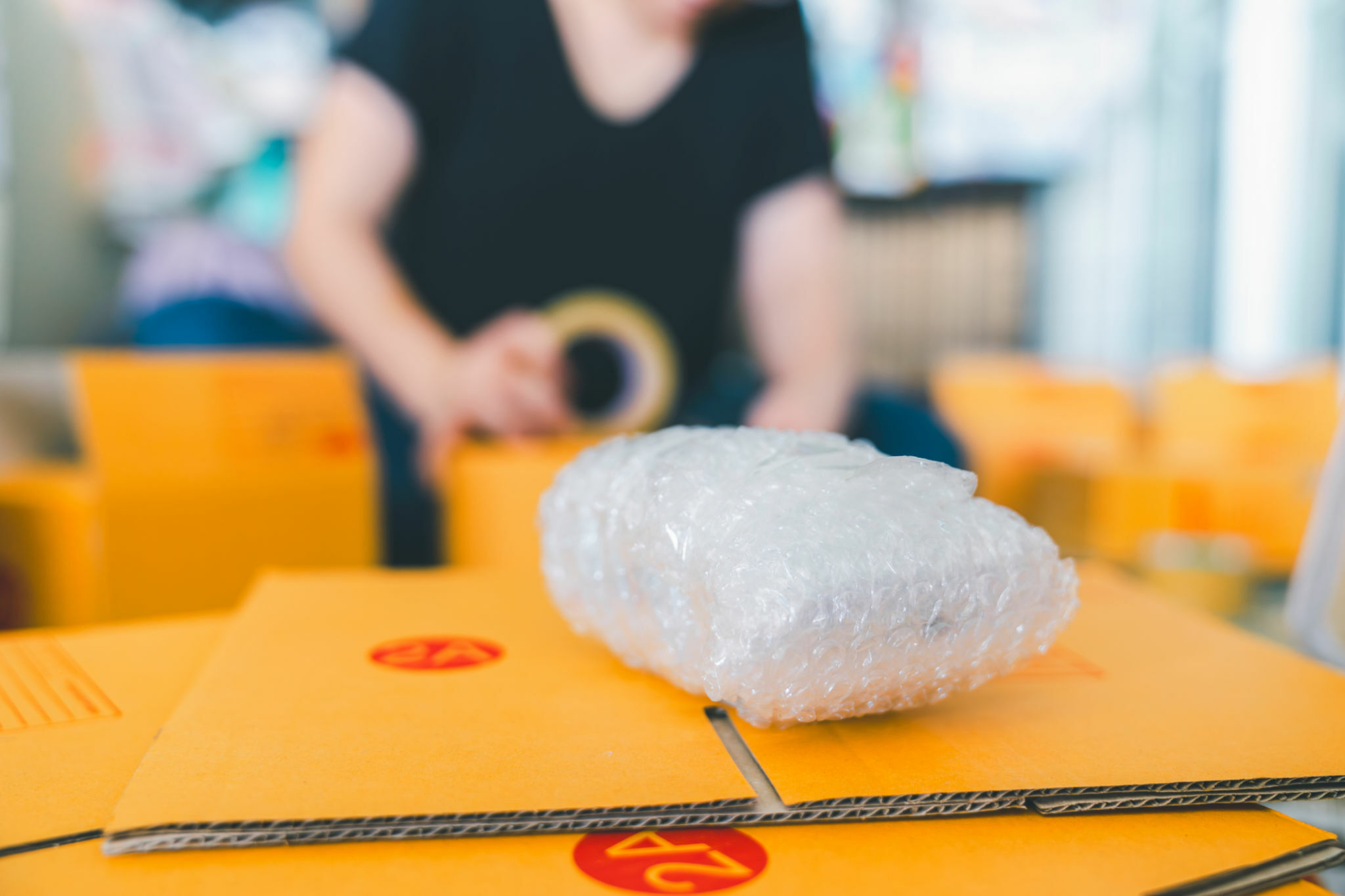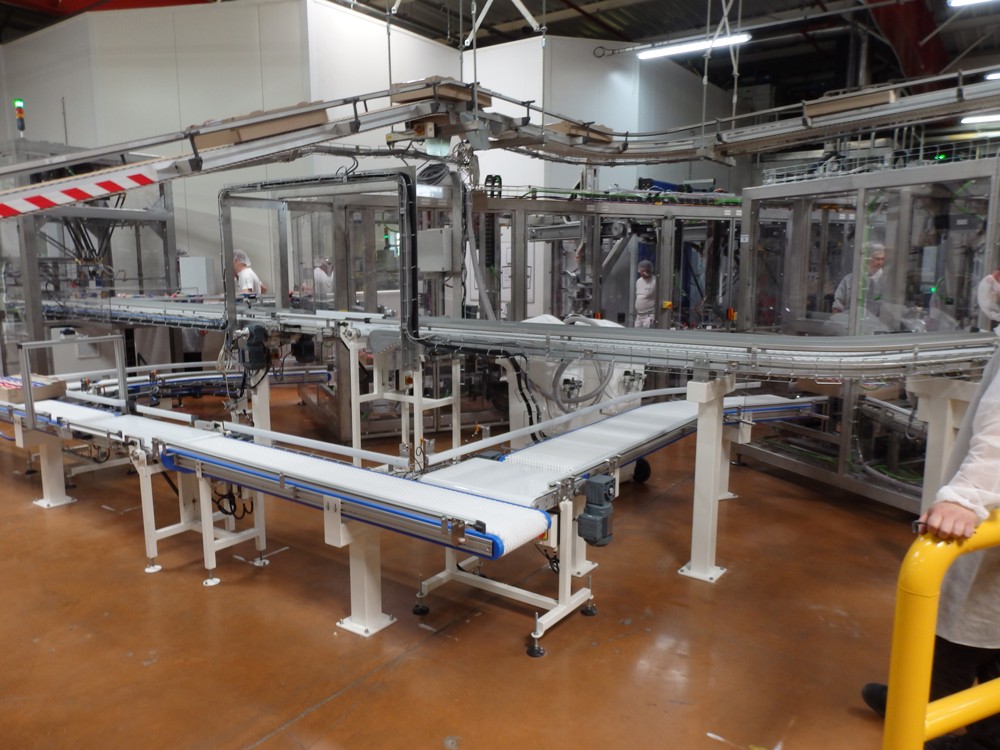Eco-Friendly Practices: Driving Adjustment with Bulk Container Recycling
Eco-Friendly Practices: Driving Adjustment with Bulk Container Recycling
Blog Article
Reliable Industrial Recycling Solutions for Lasting Packaging: A Comprehensive Overview
In today's significantly environmentally-conscious world, the demand for sustainable product packaging solutions has actually never been greater. To fulfill this need, organizations across industries are actively looking for reliable commercial recycling services. Navigating the complicated landscape of sustainable product packaging can be testing without a comprehensive guide. That's where this detailed guide on efficient commercial recycling solutions for sustainable product packaging comes in. By exploring essential locations such as product packaging material selection, creating for recyclability, executing reusing framework, collaborating with reusing companions, and tracking and gauging reusing success, this overview will furnish you with the knowledge and tools needed to make enlightened choices and drive favorable change within your organization. Whether you're a product packaging specialist, sustainability manager, or just interested in the topic, this overview will certainly offer beneficial understandings and strategies to help you navigate the globe of sustainable packaging.
Product Packaging Product Choice
The selection of product packaging products plays a crucial duty in ensuring the sustainability of industrial recycling solutions. The option of materials is essential in minimizing environmental impact and taking full advantage of recycling effectiveness when it comes to lasting packaging. Selecting the best products can help in reducing waste generation, preserve sources, and promote a circular economic climate.
Products like cardboard, paper, glass, and certain kinds of plastics can be reused multiple times without losing their top quality. On the various other hand, products that are challenging to recycle, such as non-recyclable compounds or combined plastics, can produce challenges for the reusing process and might finish up in garbage dumps or incinerators.
One more factor to consider is making use of naturally degradable and eco-friendly materials. Product packaging made from renewable resources, such as plant-based plastics or biopolymers, can aid lower reliance on nonrenewable fuel sources and minimize climate adjustment. Furthermore, eco-friendly materials break down naturally gradually, reducing the build-up of waste in garbage dumps.
Additionally, the weight and volume of packaging products ought to be lessened to lower transport prices and energy intake. Light-weight materials not only require fewer resources during production yet additionally add to decrease carbon emissions throughout transportation.
Creating for Recyclability
Product packaging developers must focus on the use of materials that are extensively approved for reusing and have established reusing frameworks. Materials such as glass, aluminum, and certain kinds of plastic, like Animal and HDPE, are commonly recycled and should be chosen over materials that are difficult or pricey to reuse.
One more important consideration in making for recyclability is the removal of unneeded components or materials. By minimizing the variety of layers, layers, and additional components, product packaging can be made simpler and simpler to recycle. In addition, designers must aim to minimize using mixed products, as they can complicate the reusing procedure.

Implementing Recycling Facilities
Effective application of recycling facilities is crucial for the success of industrial recycling services. Without appropriate framework in position, the recycling process ends up being inadequate and ineffective, preventing the overall goal of sustainable packaging.
To implement recycling facilities successfully, a number of crucial variables need to be considered. There should be an efficient collection system that promotes the splitting up and collection of recyclable products. This can consist of assigned recycling bins in public areas, along with collaborations with waste monitoring business for curbside pick-up and sorting.
As soon as accumulated, the recyclable materials require to be transferred to recycling centers in a timely manner. This calls for reliable logistics and transport networks, making sure that the materials get to the appropriate centers without delay.
At the reusing facilities, progressed sorting and processing innovations should remain in place to divide different kinds of materials properly. This includes using automated arranging devices, optical scanners, and hand-operated sorting methods.
Furthermore, there should be a robust market need for recycled materials. This can be attained with cooperations with makers and markets that use recycled products in their production procedures. Creating a steady market for recycled materials incentivizes the reusing market and advertises the round economy.
Collaborating With Recycling Partners

One trick facet of teaming up with recycling companions is the facility of clear communication channels. It is necessary to develop open lines of interaction to facilitate the exchange of information, updates, and feedback. This allows both parties to stay informed about the progress of reusing initiatives and deal with any challenges or issues that might develop.
Furthermore, cooperation can entail collaborations in applying and making recycling programs. Recycling partners can provide beneficial understandings and support in establishing reliable collection systems and establishing the most appropriate recycling modern technologies. By collaborating, services and recycling companions can enhance the reusing procedure and minimize waste.
In addition, partnership can extend past the operational facets of recycling. It can additionally incorporate advocacy and education and learning efforts. By signing up with forces, companies and recycling companions can raise recognition about the importance of reusing and advertise the adoption of lasting packaging methods among consumers and various other stakeholders.
Tracking and Measuring Recycling Success
To make sure the effectiveness of commercial reusing services and the success of sustainable product packaging objectives, it is vital for companies and their reusing companions to establish a thorough system for tracking and determining recycling success (processing company). Determining and tracking reusing success permits services to evaluate the effect of their recycling efforts, determine locations for improvement, and set significant targets for future development
One means to track recycling success is via using data collection and evaluation devices. By accumulating information on the quantity of packaging waste generated, the percent of waste that is reused, and the kinds of products being reused, businesses can get beneficial understandings right into their reusing efficiency. This information can after that be assessed to recognize fads, patterns, and locations of ineffectiveness.
One more essential element of tracking and measuring recycling success is establishing clear and standardized metrics. This allows businesses to compare their performance against sector standards and track their progression with time. Metrics such as reusing rates, waste diversion rates, and greenhouse gas discharges can provide a quantitative measure of a company's recycling success.

Final Thought
Finally, applying efficient industrial recycling solutions for lasting packaging requires mindful consideration of packaging material choice, designing for recyclability, applying recycling try here infrastructure, teaming up with reusing partners, and monitoring and measuring reusing success. By integrating these techniques, services can add to an extra environmentally-friendly and sustainable approach to product packaging, reducing waste and advertising the round economic situation.
By checking out key areas such as product packaging material choice, designing for recyclability, carrying out reusing facilities, teaming up with recycling companions, and tracking and determining reusing success, this guide will outfit you with the understanding and devices needed to make enlightened choices and drive positive adjustment within your company. Packaging designers need to prioritize the usage of products that are extensively accepted for reusing and have developed recycling facilities.Cooperation with reusing companions is necessary for the successful implementation of industrial recycling options and the achievement of lasting product packaging objectives. By joining forces, companies and recycling partners can elevate awareness about the significance of recycling and promote the adoption of lasting read the article product packaging practices among consumers and various other stakeholders.
By collecting data on the amount of packaging waste produced, the percent of waste that is reused, and the kinds of products being recycled, businesses can obtain valuable understandings right into their reusing efficiency.
Report this page